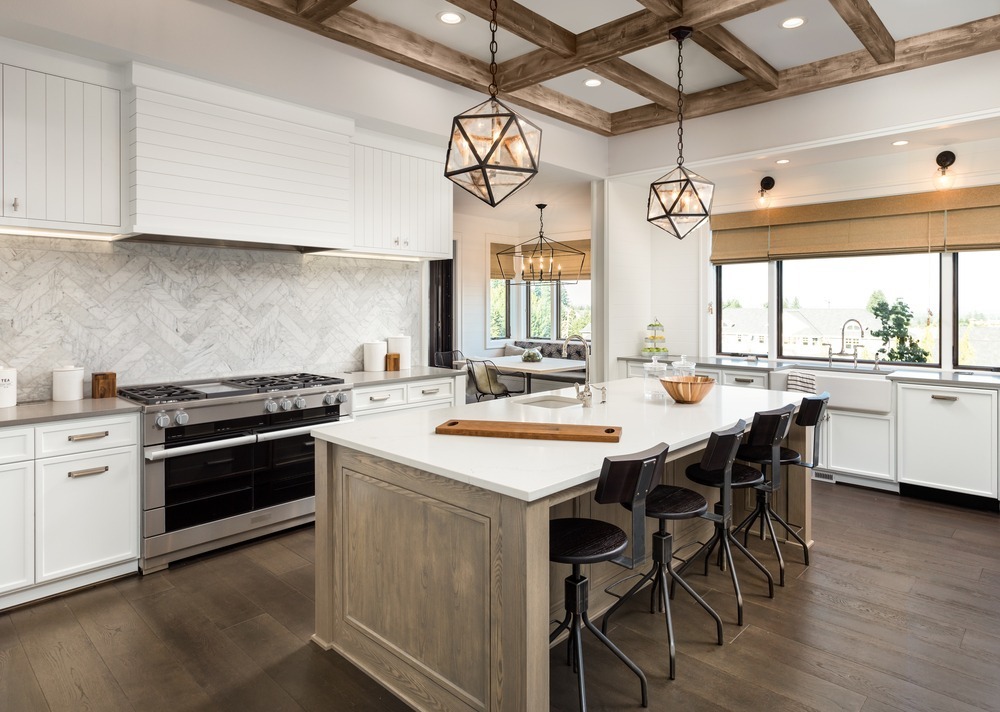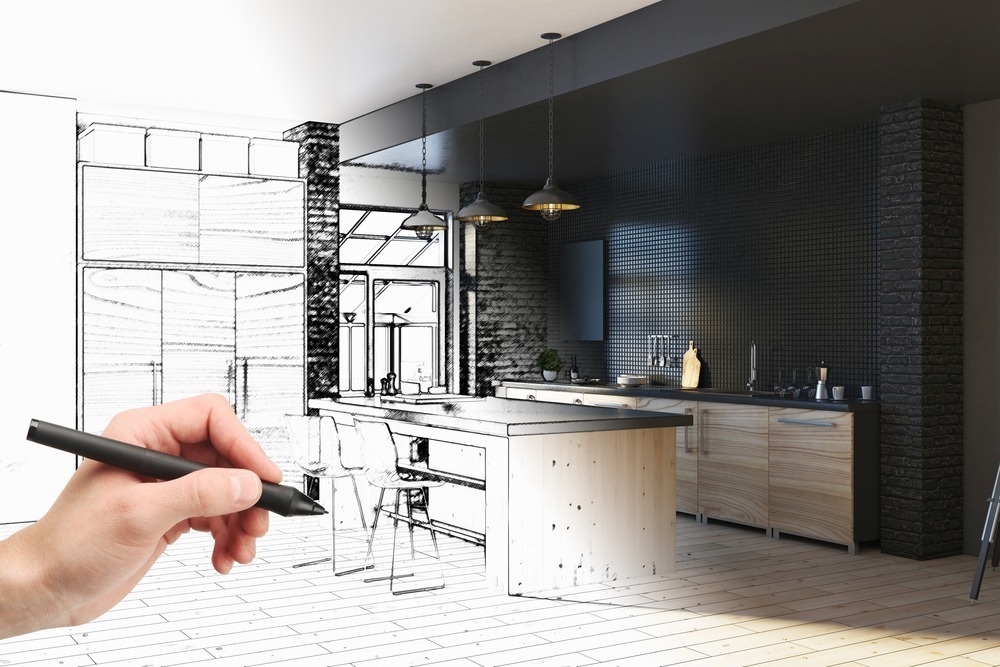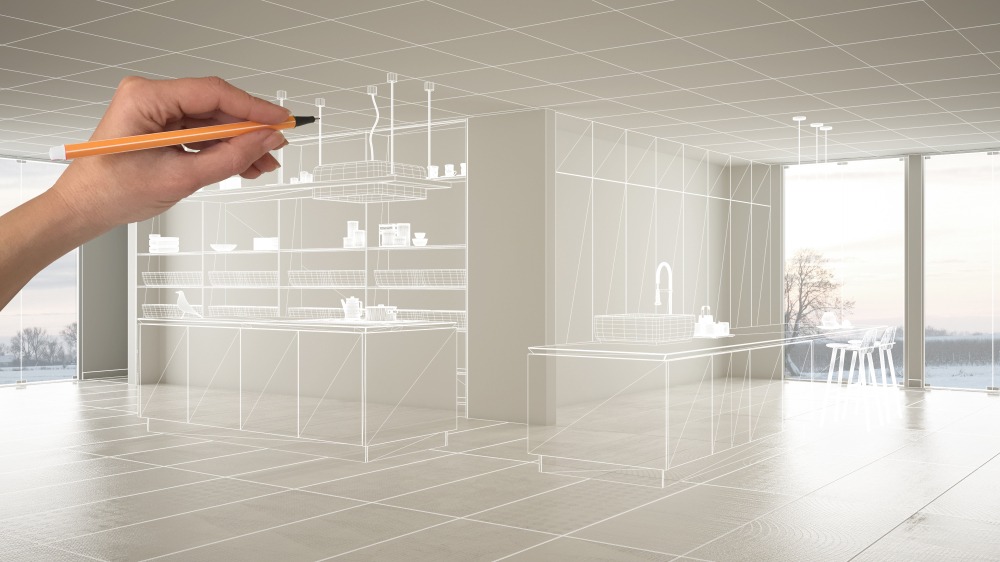Personalization is one of the driving forces transforming consumer product and service retail today.
Companies such as Netflix or Amazon have built their entire business models around their customer data and preferences, offering tailored recommendations that have flipped the buyer journey from reactive to predictive for unparalleled convenience. Research by Epsilon reported that 90 percent of consumers found personalized experiences appealing and 80 percent of consumers were more likely to buy from brands that offer them, highlighting the impact that personalization can have on retail sales.
When buying a new kitchen, historically consumers had to make a choice between particular styles: for instance, a traditional or contemporary theme. However, propelled by the rise of hyper personalization in other areas of retail, consumers now expect a completely tailored solution in kitchen design. Personalization in kitchen design is no longer just about taking exact measurements and fitting an existing design template to these specifications: it now encompasses design preferences, as well as sizes and measurements.
Kitchen retailers looking to capitalize on the transitional kitchen trend will need to adjust their strategies to appeal to shoppers on an individual level, while also achieving mass appeal on a global scale. By leveraging tools such as 3D planning solutions that consumers can use to completely personalize their kitchens, retailers can maximize sales by creating an entirely personalized shopping and design experience that caters to the customer’s exact needs and requirements.

Personalizing the kitchen design process
Personalized buyer journeys are particularly relevant in kitchen retail. In-store consultations are frequently offered by retailers that enable customers to discuss their personal requirements and work collaboratively with the sales representative.
Customers are increasingly design-savvy and taking ownership of the look at feel of their kitchens, opting for ‘one of a kind’ custom designs that don’t belong to existing styles or mingle different design approaches.
They now want more control to thoroughly research and handpick each element of their design project online and receive recommendations of product sets that will fit their exact room dimensions, before even visiting stores. According to research by Marketing Insight Group, 78% of consumers said that personally relevant content increased their purchase intent. With access to entire product ranges, consumers are embracing personally curated designs, taking joy in picking every element from cabinet handles to lighting fixtures for a kitchen that perfectly delivers across function and style.

Transitional kitchens: a new category of kitchen designs custom-made to measure
Transitional kitchen designs encompass personalization trends and work seamlessly to bridge the gap between traditional and contemporary styles. By incorporating elements from each aesthetic, they are blended together for a cohesive and unique kitchen design that is both classic yet fresh. The combinations are endless when it comes to product sets, with consumers able to play with color, textures, cabinetry and embellishments, uninhibited by the constraints of predetermined themes.
This new breed of kitchen design is independent of seasonal trends and prescriptive overarching themes, instead shifting the focus towards a more fluid, individualistic or quirky look and feel dictated by individual design elements. By piecing the elements together in a cohesive manner, a unique design can be created that is both modern and reminiscent, reflecting the many dimensions of consumer’s personalities and tastes.
Transitional kitchens carry many benefits for consumers, with designs that can never go ‘out of date’ but instead can be updated on a smaller scale to incorporate any new trends or technology that is developed. These continual updates also serve as a great way for kitchen retailers to achieve repeat business, offering products to accommodate any changes in the consumer’s preferences or style.
Utilizing 3D planning to create custom-made transitional kitchen designs
Transitional kitchens present a challenge to kitchen retailers, especially if they are locked in to ‘suite-based selling’ models that offer personalization in terms of size only, and do not allow consumers to tailor the look and feel based on their own preferences. Readymade kitchen design layouts simply do not appeal to buyers that are seeking this level of highly personalized designs and experiences, which can result in lost sales. On the other hand, this level of extreme customization is extremely time consuming for in-store design experts, driving up the cost of customer acquisition significantly.
Kitchen retailers who incorporate 3D planning solutions into their online offer can play directly into this trend. These solutions allow customers to create their own personalized designs on an interactive platform that integrates a comprehensive product catalogs to select from. These 3D planning solutions allow customers to build out their own kitchen design piece by piece, with the ability to self-personalize by inputting their own room dimensions with details such as window placements or electrical points. Highly realistic renders from multiple viewpoints in the room allow consumer to view what these designs will then look like, making changes as many times as they need.
Over time, the platform can even learn about users’ preferences based on insights derived from analytics of the consumers’ previous purchases and search histories and make tailored product recommendations incorporating different product combinations to further enhance the shopping experience. By combining the power of 3D kitchen planning and big data analytics, kitchen retailers can create a compelling brand offering that will resonate with consumers and drive sales.
Transitional designs for changing customer needs
The widespread adoption of transitional kitchen designs is continuing to escalate, with the consumer market demanding higher levels of personalization in every element of their day to day life than ever before. Adapting to those behavioral shifts will be key for kitchen retailers to succeed and attract these customers into their physical or online stores.
Personalization offers excellent opportunities for kitchen retailers to cement their relationships with their customers by addressing their design aspirations. By utilizing a holistic 3D planning solution that offers customers a platform to create their own custom designs in an interactive and enjoyable way, kitchen retailers can expect to reap the benefits of more satisfied customers and enhanced sales results.
To further explore how 3D planning solutions can create stunning transitional kitchen designs personalized to customer preferences, visit our website built specifically to serve kitchen retailers where you can organize a demonstration of the platform with a member of the expert team.



